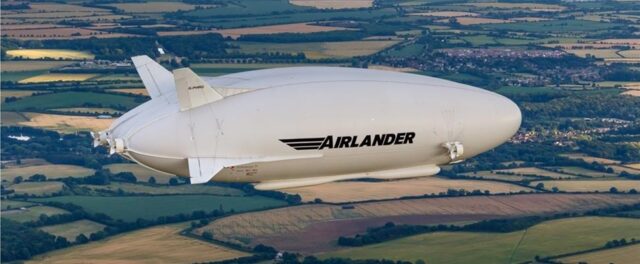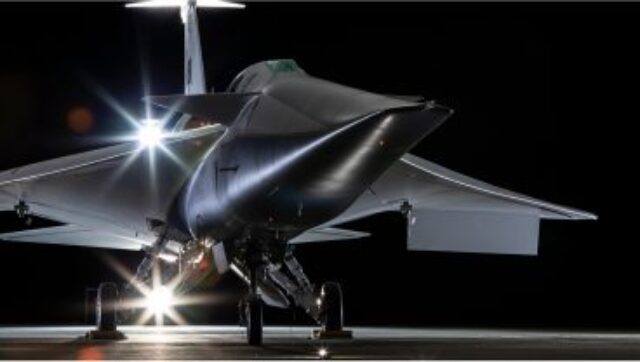Ampaire offers first hybrid electric aircraft for sale to general aviation pilots
Ampaire will begin accepting Letters of Intent for its Ampaire Electric EEL hybrid electric aircraft at the EAA AirVenture airshow next week.
Ampaire will begin accepting Letters of Intent for its Ampaire Electric EEL hybrid-electric aircraft…

Ampaire will begin accepting Letters of Intent for its Ampaire Electric EEL hybrid electric aircraft at the EAA AirVenture airshow next week.
Ampaire will begin accepting Letters of Intent for its Ampaire Electric EEL hybrid-electric aircraft at the EAA AirVenture airshow next week.
The EEL is a retrofit of a Cessna 337 and has a conventional combustion engine plus an electric motor/battery pack drivetrain. The company already has more than a dozen letters of interest from regional airlines and charter providers.
“The Ampaire Electric EEL is the first step in bringing lower emissions, lower operating costs, and quieter operations to general aviation through electrification,” according to the company’s CEO Kevin Noertker. “The original Cessna 337 provided great utility, and this hybrid electric conversion retains those advantages while reducing fuel cost and maintenance by about 50%.”
The EEL made its first test flight in June and is in the process of systems evaluation and envelope expansion. It has made flights of more than one hour’s duration and demonstrated single-engine climb on each powerplant. The test programme will last about 30 months, with additional propulsion configurations tested, culminating in STC certification by the end of 2021.
“Something new and exciting”
Customers will be offered two versions. The first will include an avgas-burning Continental IO-550 310 hp piston engine and a 215 hp (160 kW) electric propulsion system. The second will include a Continental CD-300 Jet A diesel 300 hp engine and the same 215 hp (160 kW) electric system.
The company will offer pressurised and unpressurised versions of the aircraft. Winglets and STOL kit are standard. The interior can be equipped with four or six seats.
“The aircraft will be cost-competitive with comparable current production piston twins,” the company said, although further details on cost were not provided.
“This is something new and exciting in general aviation – twin-engine redundancy and performance on as little as 10 gallons per hour in cruise flight,” said Noertker. “Plus the opportunity to reduce your environmental footprint and still enjoy the freedom and flexibility to fly as you wish. We look forward to engaging with pilots at Oshkosh about this groundbreaking aircraft.”
Subscribe to our weekly newsletter
















